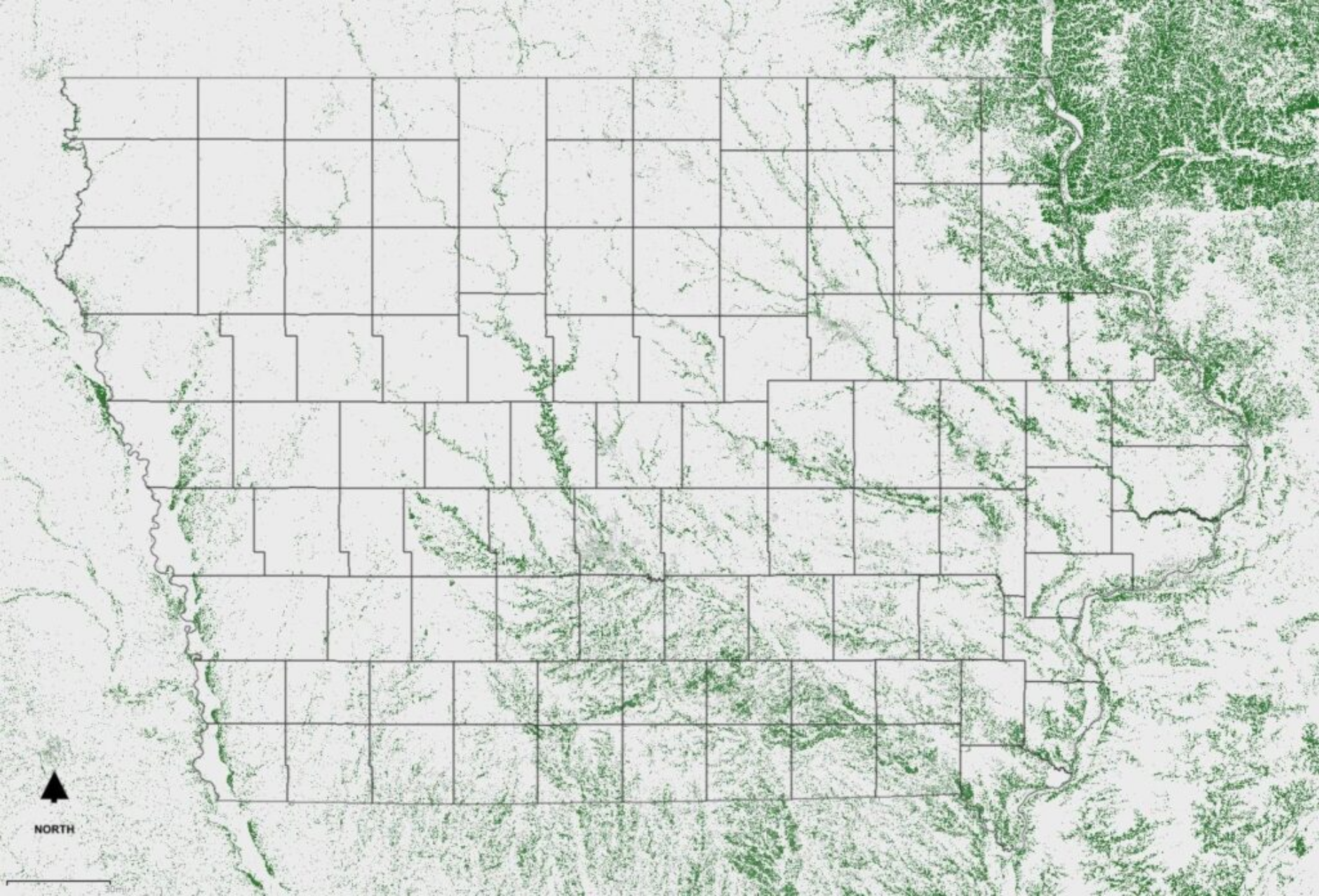
2022 Soybean Meal Demand Assessment
Animal agriculture consumes most of the soybean meal (SBM) produced in the U.S. which is primarily used as a protein source (more specifically, amino acids) in diets. Therefore, soybeans are an integral component of the U.S. agriculture industry and the use of SBM in animal feed formulations is crucial to the international competitiveness of the agriculture industry. The continued prevalence of SBM use in animal feed is dependent upon a soybean composition that benefits livestock and poultry production. Although SBM is not typically the least expensive source of protein, its amino acid profile and amino acid availability makes it a highly competitive protein source for nearly every species when all attributes are considered.
Purpose of Analysis
For the past several years, the United Soybean Board has commissioned Decision Innovation Solutions
(DIS) to provide several components of research regarding the use of and impact of SBM in the U.S. This
research includes but is not limited to the following:
- Estimates of current volumes of SBM and other feedstuffs fed to multiple species by region for
the most recent year. - An analysis and reporting of the feed landscape for major species of livestock and poultry:
a. Animal unit trends
b. Species production practices and trends (including weights, feed conversion, etc.)
c. Competitive value proposition of soybeans and alternative feedstuffs (e.g., DDGs,
synthetic amino acids, canola meal) by price, availability, and quality characteristics
d. Evaluation of the competitive position of SBM by geography relative to competing feed
ingredients
Soybean Meal Consumption
This research suggests that 36.3 million short tons of SBM were consumed by animal agriculture during
the 2022 calendar year. In addition, 3.4 million tons of soy hulls were fed to hogs, dairy, and beef cattle.
Of the total 36.3 million short tons of SBM consumed:
- Broilers consumed 18.2 million tons (slightly over fifty percent)
- Hogs consumed 6.4 million tons (nearly eighteen percent)
- Dairy consumed 4.2 million tons (over eleven percent)
- Layers consumed 3.5 million tons (nearly ten percent)
- Turkeys consumed 2.4 million tons (nearly seven percent)
- The rest of animal agriculture (beef cattle, companion animals, aquaculture, sheep, meat and
dairy goats) rounded out the last five percent.
Economic Impact
Animal agriculture continues to be an important driver of economic activity in the U.S. Through purchases from and sales to many other industries, U.S. animal agriculture in turn has a significant impact on the rest of the national and global economies. In the U.S. during 2022, animal agriculture’s support of the national economy included the following:
$121.5 billion in earnings
Additional Statistics
- $568.2 billion in economic output
- 2,873,086 jobs
- $29.3 billion in income taxes
- $9.4 billion in the form of property taxes
Compared to 2012, U.S. animal agriculture in 2022 contributed $109.8 billion more in economic output, provided $23.2 billion more in household earnings, and supported 498,527 more jobs.

